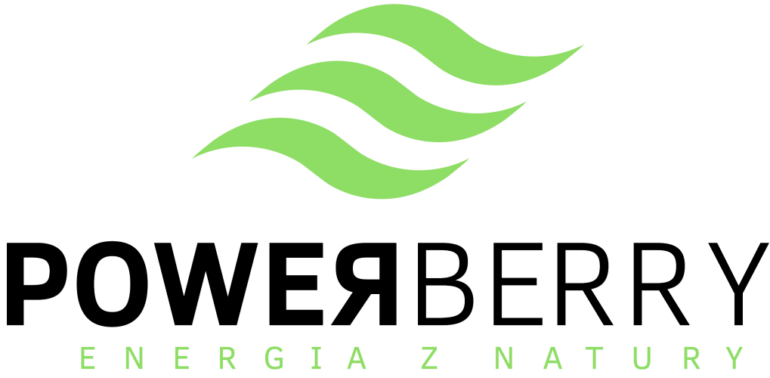DEVELOPMENT OF AN ENERGY BALANCE – KEY TO INCREASING EFFICIENCY AND REDUCING COSTS
An energy balance is a detailed breakdown of all sources and areas of energy consumption within a company. Based on this, we identify key energy intensity indicators, pinpoint high-energy-demand areas and processes, and estimate optimization potential. It is a fundamental step in improving the energy efficiency of a company, providing a comprehensive view of energy usage across the facility and uncovering savings opportunities.
1. Data Collection and Energy Analysis
In developing an energy balance, we gather detailed data on energy consumption within the company. This data includes information on electricity, heating, cooling, fuel consumption, and other energy carriers used in each production process, equipment, and building. Additional energy consumption measurements are conducted to ensure a complete view and precise energy intensity indicators.
2. Structuring the Energy Balance
We create a structure for the energy balance, which encompasses all energy sources and areas of usage. This balance is divided into primary sectors, such as:
- Production and distribution of electricity,
- Energy consumption in production processes,
- Energy usage by HVAC systems (Heating, Ventilation, Air Conditioning),
- Energy losses resulting from distribution and storage,
- Energy usage in internal transport and auxiliary equipment.
This structure allows for precise determination of energy intensity across various areas of company operations.
3. Identification of Key Energy Intensity Indicators
Based on the collected data and conducted measurements, we determine key energy intensity indicators for each process and device. These include:
- Energy consumption per unit of production,
- Energy loss in distribution and storage processes,
- Efficiency of heating, cooling, and ventilation systems.
These energy intensity indicators allow us to compare the energy efficiency of different processes and equipment, identifying the most energy-intensive ones and prioritizing areas for optimization.
4. Analysis of Energy Cost Structure
The energy balance also enables an analysis of the structure of energy costs. We examine which processes and equipment generate the highest energy costs, allowing the company to accurately assess where energy expenditures are greatest and where savings can be realized. We identify areas that can lead to significant operational cost reductions through changes in energy management.
5. Assessment of Potential Energy Losses
The energy balance also includes identifying potential energy loss areas—in production processes and during transmission and storage. Losses may stem from leaking distribution systems, outdated equipment, a lack of automation, or inefficient machine operation. By determining the size of these losses, we can propose specific corrective measures aimed at eliminating or minimizing these losses.
6. Identification of Areas for Optimization and Modernization
Based on the energy balance analysis, we identify areas with the greatest potential for energy efficiency improvement. These may include processes that require equipment modernization, energy optimization for HVAC systems, or the introduction of lighting and control systems management. We conduct a cost-benefit analysis of the proposed changes, highlighting actions that will yield the highest savings.
7. Planning of Optimization Activities
Based on the energy balance, we prepare an optimization action plan that includes both short- and long-term solutions. We develop a timeline of actions that includes:
- Modernization or replacement of equipment,
- Installation of automated energy monitoring and management systems,
- Implementation of energy-saving operational procedures.
This timeline is tailored to the specific needs and capabilities of the company, ensuring that implementing changes is as seamless as possible while delivering maximum benefits.
8. Reporting and Monitoring Progress Indicators
After developing the energy balance and implementing optimization actions, we create a report containing key indicators to monitor progress. Example indicators include:
- Reduction in energy consumption per production unit,
- Lower energy-related costs,
- Reduction of energy losses in transmission.
Regular monitoring of these indicators allows the company to track the effectiveness of the implemented changes and take further steps toward improved energy efficiency.
Benefits of Developing an Energy Balance
Creating an energy balance provides the company with not only precise information about its energy consumption but also strategic insights for future actions. With an energy balance, the company gains:
- Significant operational cost reduction,
- Enhanced efficiency and competitiveness,
- Improved equipment performance and extended lifespan,
- Reduced greenhouse gas emissions, supporting sustainable development,
- Compliance with legal requirements and regulations.
An energy balance is a tool that empowers companies to manage energy consumption more consciously and sustainably. Its development enables data-based decision-making, supporting the company’s long-term growth and environmental commitments.

































